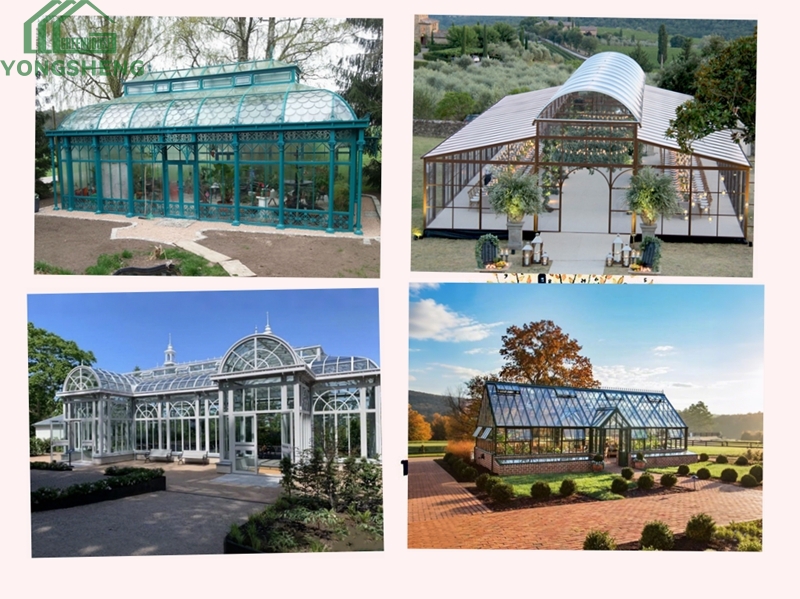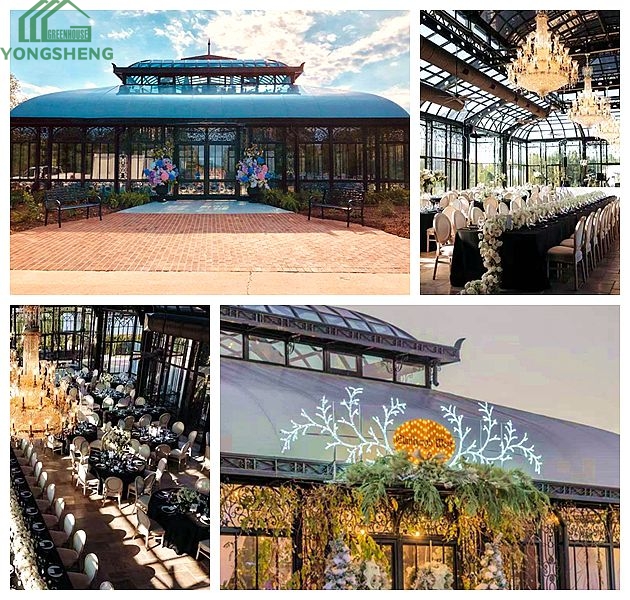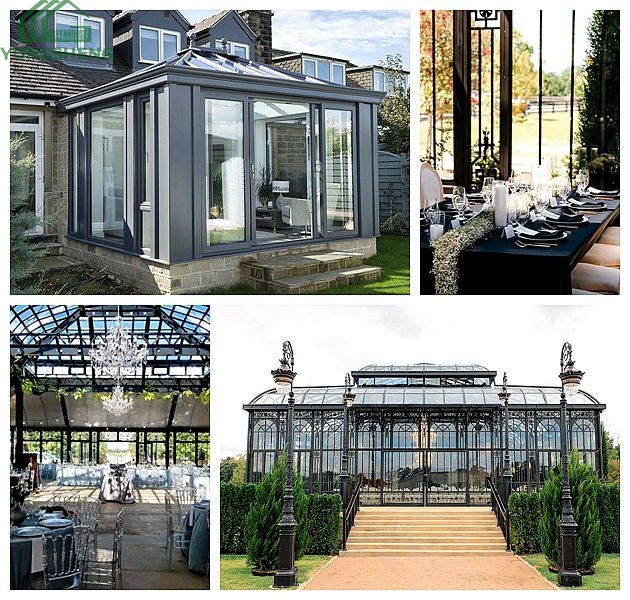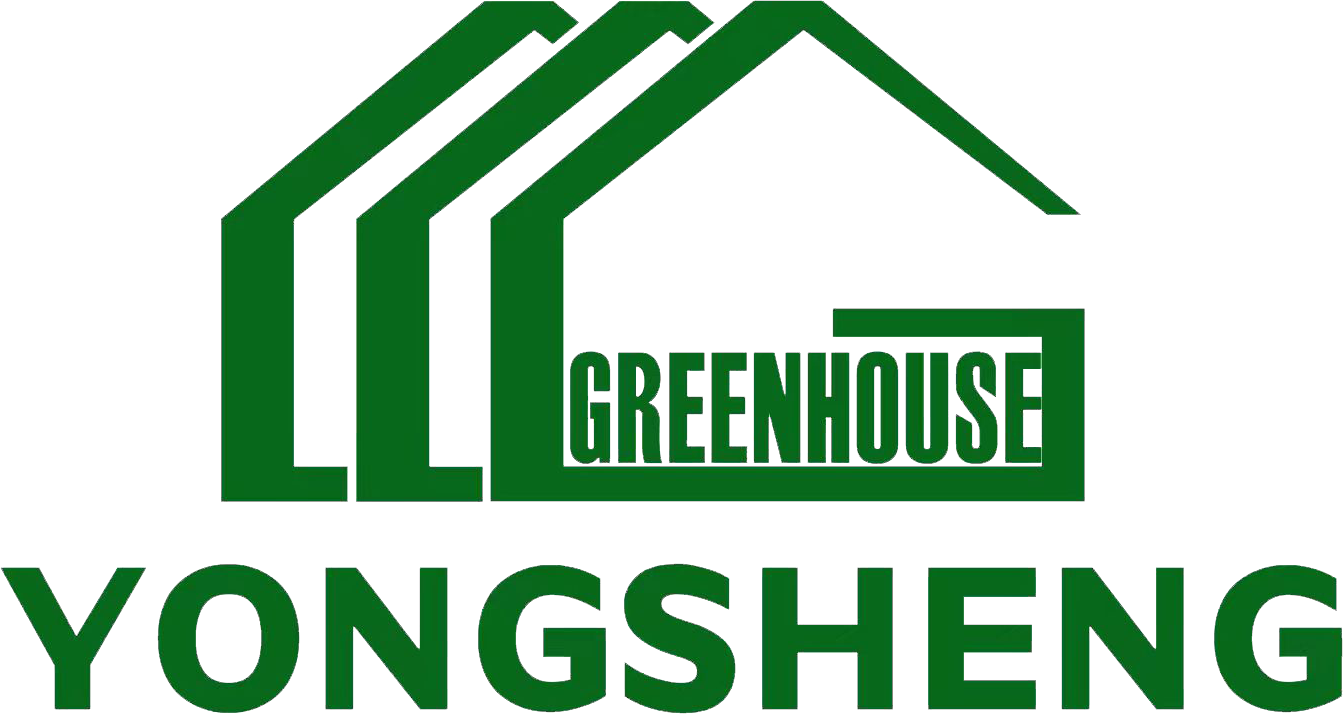
How to Build an Energy-Efficient Greenhouse

Greenhouses are a fantastic way to extend the growing season, protect plants from harsh weather, and create a controlled environment for gardening. Whether you’re dreaming of a classic Victorian greenhouse, a modern glass greenhouse, or a spacious large greenhouse, energy efficiency should be a top priority. An energy-efficient greenhouse not only reduces your carbon footprint but also saves on heating, cooling, and lighting costs. Here’s a comprehensive guide to building an energy-efficient greenhouse that combines functionality, sustainability, and beauty.
1. Choose the Right Location
The location of your greenhouse plays a crucial role in its energy efficiency.
- Sunlight Exposure: Place your greenhouse in a spot that receives maximum sunlight, especially during winter months. South-facing locations are ideal in the Northern Hemisphere.
- Wind Protection: Position the greenhouse near natural windbreaks like trees, fences, or walls to reduce heat loss caused by wind.
- Accessibility: Ensure the location is convenient for water, electricity, and maintenance access.
2. Select Energy-Efficient Materials
The materials you choose for your greenhouse will significantly impact its energy efficiency.
- Glass Options: For a glass greenhouse, consider double-glazed or tempered glass. These options provide better insulation and reduce heat loss compared to single-pane glass.
- Polycarbonate Panels: If glass is too expensive, polycarbonate panels are a lightweight and insulating alternative.
- Frame Materials: Use durable and insulating materials like aluminum or treated wood for the frame. For a Victorian greenhouse, steel frames with thermal breaks can add both strength and energy efficiency.
3. Optimize Insulation
Proper insulation is key to maintaining a stable temperature inside your greenhouse.
- Foundation Insulation: Insulate the foundation with materials like foam board to prevent heat loss through the ground.
- Wall and Roof Insulation: Use bubble wrap or insulated panels on the walls and roof to retain heat during colder months.
- Weather Stripping: Seal gaps around doors and windows to prevent drafts.
4. Incorporate Passive Solar Design
A passive solar design harnesses natural sunlight to heat the greenhouse.
- Thermal Mass: Add thermal mass materials like water barrels, stone, or concrete floors. These absorb heat during the day and release it at night, stabilizing the temperature.
- Orientation: Align the longest side of the greenhouse (especially in a large greenhouse) to face south for maximum sunlight exposure.
- Reflective Surfaces: Use reflective materials on the north wall to direct sunlight back into the greenhouse.
5. Install Energy-Efficient Heating and Cooling Systems
Maintaining the right temperature is essential for plant growth.
- Heating: Use energy-efficient heaters like radiant floor heating or geothermal systems. For smaller greenhouses, consider solar-powered heaters.
- Cooling: Install vents, fans, or evaporative cooling systems to prevent overheating during summer. Automated systems can adjust based on temperature changes.
- Thermostats: Use programmable thermostats to regulate heating and cooling efficiently.
6. Use Energy-Efficient Lighting
If your greenhouse requires supplemental lighting, choose energy-efficient options.
- LED Grow Lights: LED lights consume less energy and produce less heat than traditional grow lights.
- Light Timers: Use timers to ensure lights are only on when needed, reducing energy waste.
7. Implement Water-Saving Techniques
Water efficiency is another important aspect of an energy-efficient greenhouse.
- Drip Irrigation: Use drip irrigation systems to deliver water directly to plant roots, minimizing waste.
- Rainwater Harvesting: Collect and store rainwater for irrigation purposes.
- Mulching: Apply mulch to retain soil moisture and reduce the need for frequent watering.
8. Add Shading and Ventilation
Proper shading and ventilation help regulate temperature and reduce energy use.
- Shade Cloths: Install shade cloths to protect plants from excessive sunlight during summer.
- Automatic Vents: Use automatic vent openers that respond to temperature changes, ensuring proper airflow without manual intervention.
- Roof Vents: In a large greenhouse, roof vents are particularly effective for releasing hot air.
9. Consider Renewable Energy Sources
Incorporate renewable energy to power your greenhouse sustainably.
- Solar Panels: Install solar panels to generate electricity for lighting, heating, and cooling systems.
- Wind Turbines: If you live in a windy area, small wind turbines can supplement your energy needs.
10. Maintain Your Greenhouse Regularly
Regular maintenance ensures your greenhouse remains energy-efficient over time.
- Clean Glass or Panels: Keep the glass or polycarbonate panels clean to maximize sunlight penetration.
- Inspect Insulation: Check for wear and tear in insulation materials and replace them as needed.
- Monitor Systems: Regularly inspect heating, cooling, and irrigation systems to ensure they’re functioning efficiently.
Conclusion
Building an energy-efficient greenhouse, whether it’s a charming Victorian greenhouse, a sleek glass greenhouse, or a sprawling large greenhouse, requires careful planning and the right techniques. By choosing the right location, materials, and systems, you can create a sustainable growing environment that saves energy and reduces costs. Incorporate passive solar design, renewable energy sources, and efficient heating and cooling systems to make your greenhouse a model of sustainability. With these tips, your greenhouse will not only be a haven for plants but also a testament to eco-friendly living.
Why Choose US?
- ● As the first manufacturer in China to introduce the Victorian conservatory design from Europe, we have 36 years of production experience since 1988, and our products are distributed in 68 countries.
- ● We have a professional team of 8 conservatory design engineers and 60 production workers. We are equipped with 2 hot-dip galvanizing machines, 2 steel shot blasting machines, and 1 spray line.
- ● Our professional design team can provide theoretical calculation data support for wind pressure resistance, earthquake resistance, and snow resistance of large-scale steel structure conservatories.
- ● Strict quality control. 8 inspection stages: raw material inspection, cutting and blanking size inspection, welding quality inspection, hot-dip galvanizing quality inspection, spray quality inspection, assembly quality inspection, and packaging quality inspection. Ensuring smooth assembly of the products, no rust, no leakage, and compliance with customer national standards.
- ● We cooperate with many well-known architectural design companies worldwide.
- ● Customized services. We can customize according to customer designs and dimensions. We also provide supporting facilities such as electric sunshades and air conditioners.
- ● We offer installation dispatch services, inspection services, and free replacement of parts. We also present high-value exquisite gifts.
- ● Video factory tour. You can view the entire production process.




